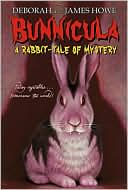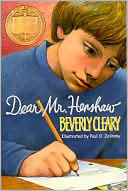Over the past few weeks we've been working hard to analyze stories. With different groups of readers, this takes on different aspects. In one group we worked on literature circles with picture books. Here are the pages that I put together for students. Notice that it is a highly structured literature circle, which is very much what fourth graders need at this time of year.
Picture book literature circles from Emily Kissner
Our books included my time-honored favorites from other blog posts: Weslandia, The Memory Coat, City Green, My Rotten Red-Headed Older Brother, and Dragonfly's Tale.
I love having students ask each other to share text evidence. When we did discussion groups, it was wonderful to see students holding the books open, lifting them up, and referring to specific page numbers. After their discussions, students worked to complete the open-ended response to write about the theme of the story.
With a different group of students, we analyzed setting during guided reading. This graphic organizer helped students to collect details about the time and place of the story.
I like how this graphic organizer can be used in two ways. When a setting is known, students can extend their knowledge of the time period and location by using this graphic organizer. When the setting is not known, students can gather details about the setting, and use those details to infer the time and place. (You can read this blog post from two years ago for more on how to infer a setting.) The details on this graphic organizer helped students to think about how a different setting would change the events of the story.
Analyzing story elements is an endeavor that takes students deeper into a story, helping them to think about deeper meanings. A strong foundation in this kind of thinking will also yield great results when students begin to compare stories in the weeks ahead.
Our books included my time-honored favorites from other blog posts: Weslandia, The Memory Coat, City Green, My Rotten Red-Headed Older Brother, and Dragonfly's Tale.
I love having students ask each other to share text evidence. When we did discussion groups, it was wonderful to see students holding the books open, lifting them up, and referring to specific page numbers. After their discussions, students worked to complete the open-ended response to write about the theme of the story.
With a different group of students, we analyzed setting during guided reading. This graphic organizer helped students to collect details about the time and place of the story.
I like how this graphic organizer can be used in two ways. When a setting is known, students can extend their knowledge of the time period and location by using this graphic organizer. When the setting is not known, students can gather details about the setting, and use those details to infer the time and place. (You can read this blog post from two years ago for more on how to infer a setting.) The details on this graphic organizer helped students to think about how a different setting would change the events of the story.
Analyzing story elements is an endeavor that takes students deeper into a story, helping them to think about deeper meanings. A strong foundation in this kind of thinking will also yield great results when students begin to compare stories in the weeks ahead.



